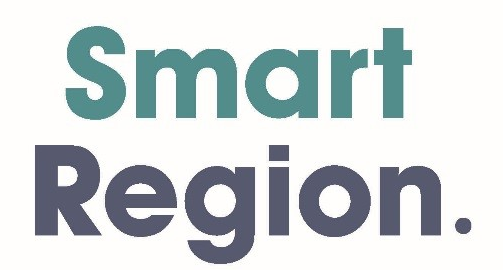Does Dress Code Hold Back IT Growth?
Silicon Valley’s well documented sartorial revolution is fronted by dressed down tech moguls. Google has a CEO in T-shirt and jeans while Facebook’s Mark Zuckerberg made this his trademark look. The Guardian’s Life And Style section refers to the flat-shoe, jeans and backpack uniform of today’s tech staff as the Valley’s standard attire.
Over in the UK, the IT world is having a very different unfashionable experience. In a recent report commissioned by Style Compare the findings revealed that nearly 30% of IT employees interviewed had considered looking for a new job because of their companies’ strict dress code. Overall nearly half of the respondents believed that being told what to wear had no positive bearing on their personal performance.
Dressed down Millennials
Millennials, the 18-34 years olds made up 28% of the survey. A demographic recently recognised by Goldman Sachs as significant to their business growth. They relaxed their corporate dress code for the engineering and technology staff and allowed casual clothes to prevent loss of talent to the less formal tech giants. Even the UK’s Civil Service has recognised that they do not need to enforce a standard dress code due to the number of different business needs they face.
The day to day dress code of work is different from the formal uniform of the job interview. The old school smart dress of a suit and tie is still believed to create a neutral presentation stance of polite deference to your potential employer. By contrast the casual, non-formal dress code is a way to make employees feel more comfortable and is rooted in Silicon Valley’s hippy origins.
UK Tech investment worth £6.8 billion
Today how the staff dress is seen by the tech giants as a tactical way to blur the boundaries between work and home life and thus increase the working day. In 2016 the UK digital tech investment reached £6.8 billion, 50% higher than any other European country. Yet the IT staff are finding their company door policy more suitable for suited and booted Alan Sugar fans. The Style Compare report also revealed that across all industries, 61% of the UK’s workforce say receiving guidance on what to wear has no positive impact on their happiness or performance at work.
From the report conducted by OnePoll for Style Compare in July 2017, the respondents described their dress code in the following way.
| Dress code | Description | Women | Men |
| Business | Strict business dress code: Dark suits, ties for men. Smart business wear for women. Grooming guidance given as part of dress code. | 7.04% | 10.16% |
| Relaxed business | Smart dress code, but flexible. Suits and ties recommended, but not mandatory. No jeans. | 32.84% | 29.04% |
| Smart casual | Smart casual dress code: Smart jeans permitted, casual shoes, knitwear permitted. | 19.79% | 18.45% |
| Casual | Casual dress code: No items of clothing specified, but ripped jeans, trainers, sportswear not permitted. | 13.20% | 13.02% |
| No dress code | Anything goes. Employees explicitly told they can wear what they want. | 15.10% | 17.45% |
| Undefined | No guidance on what to wear at all. | 12.02% | 11.87% |
Source: business-achievers.com




